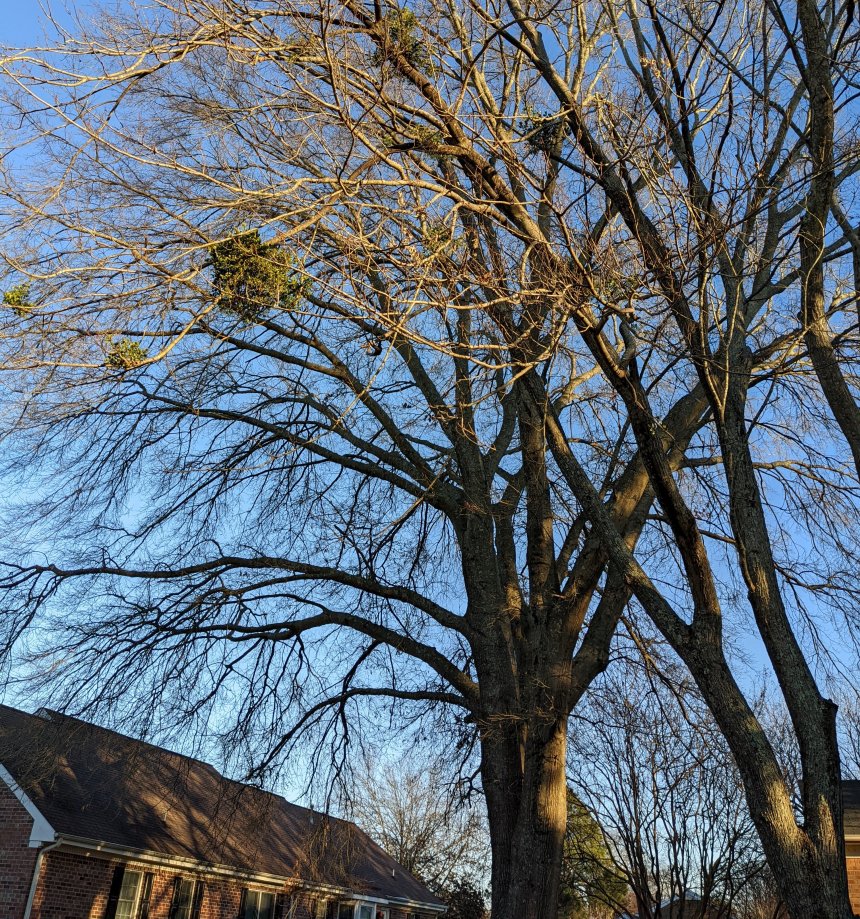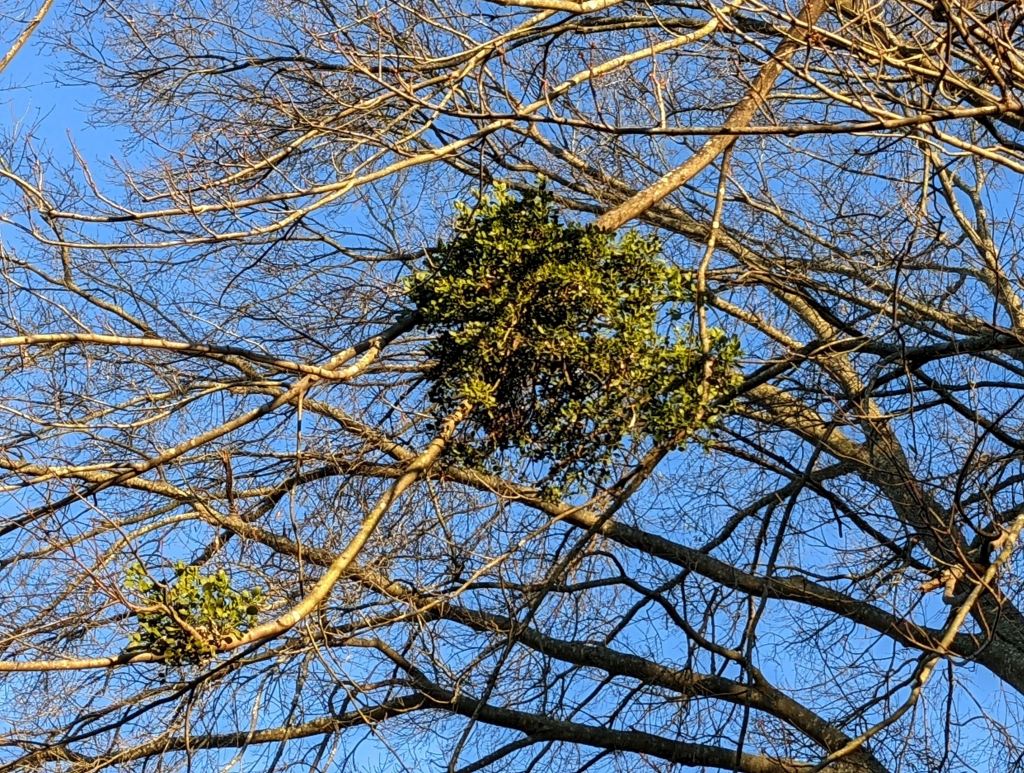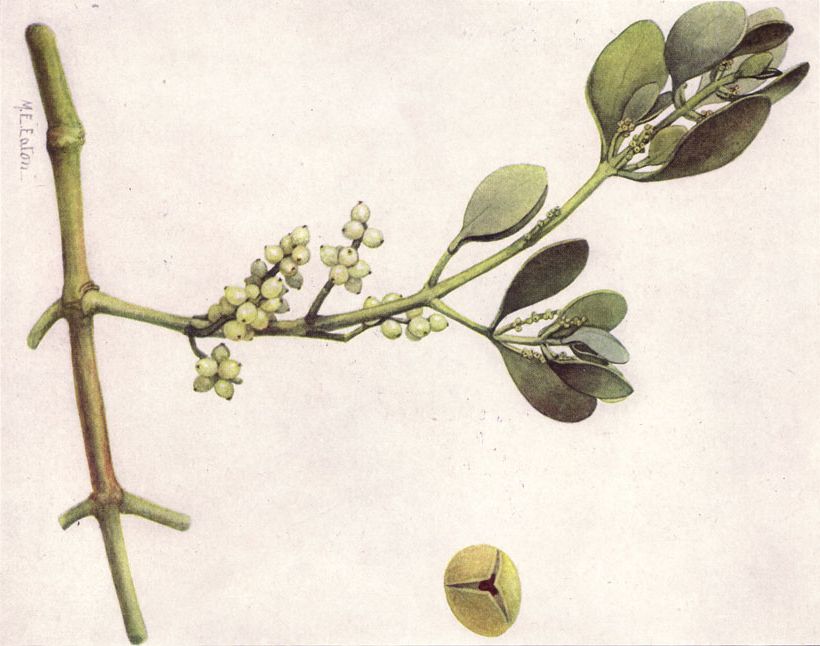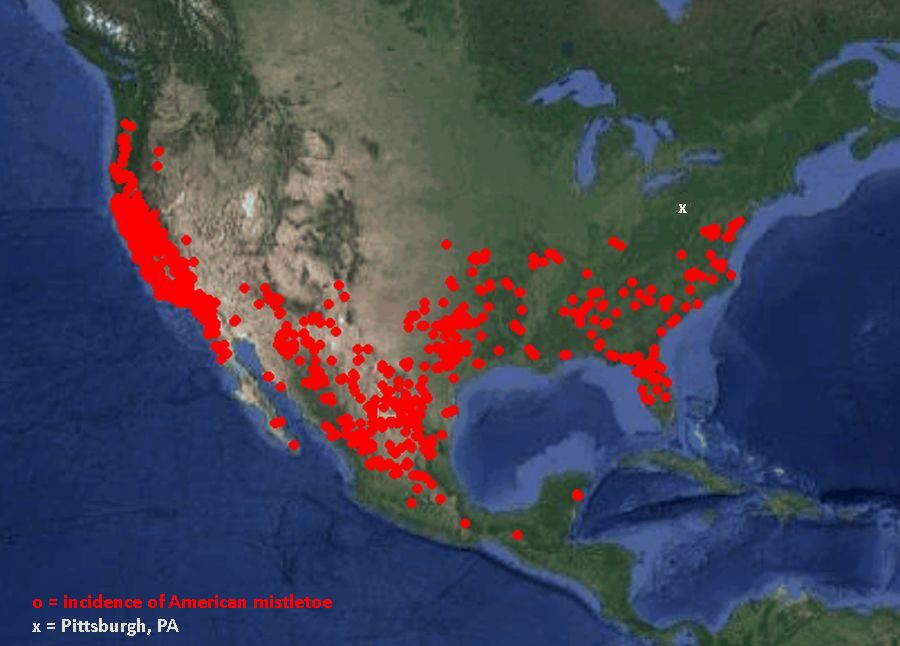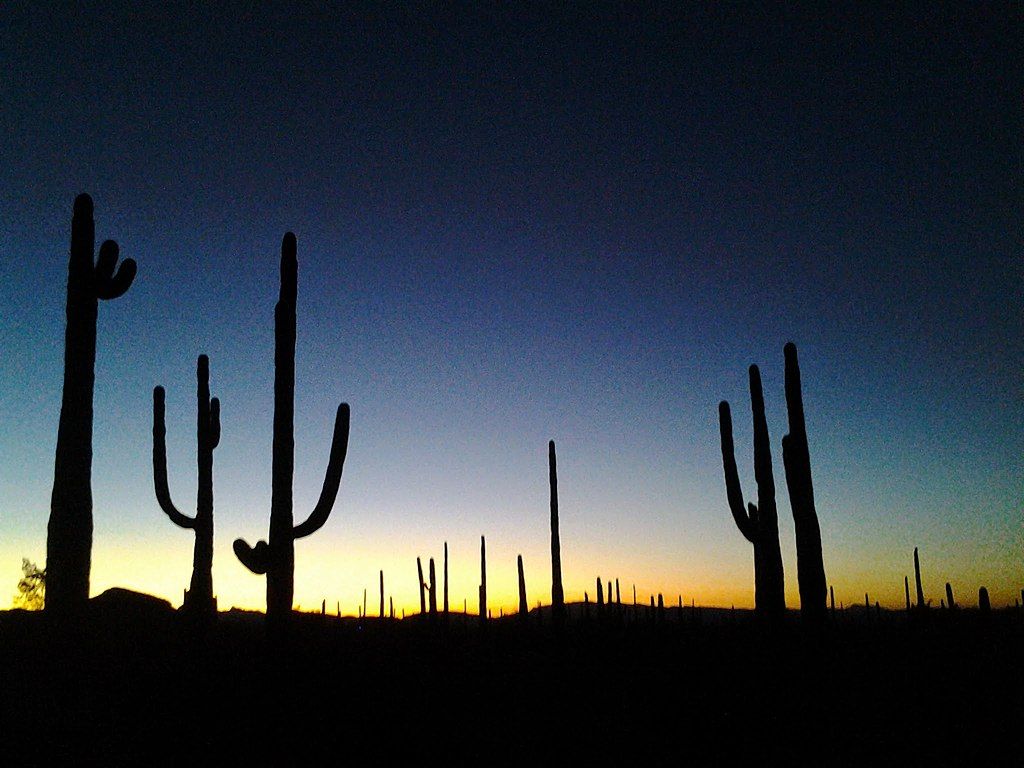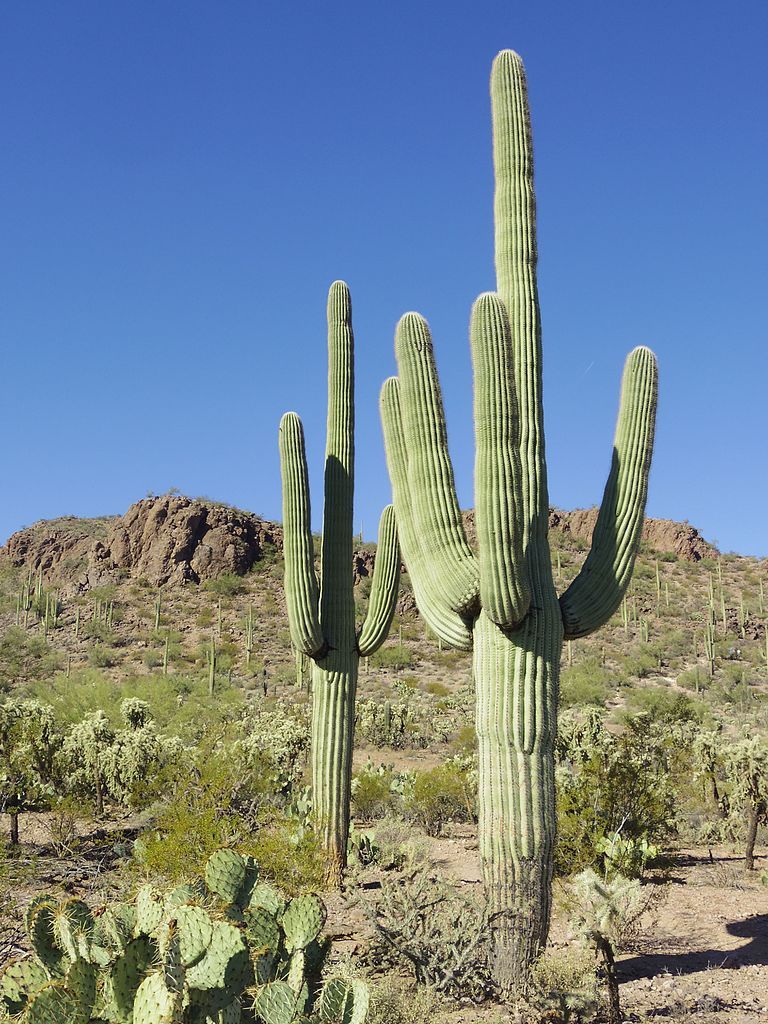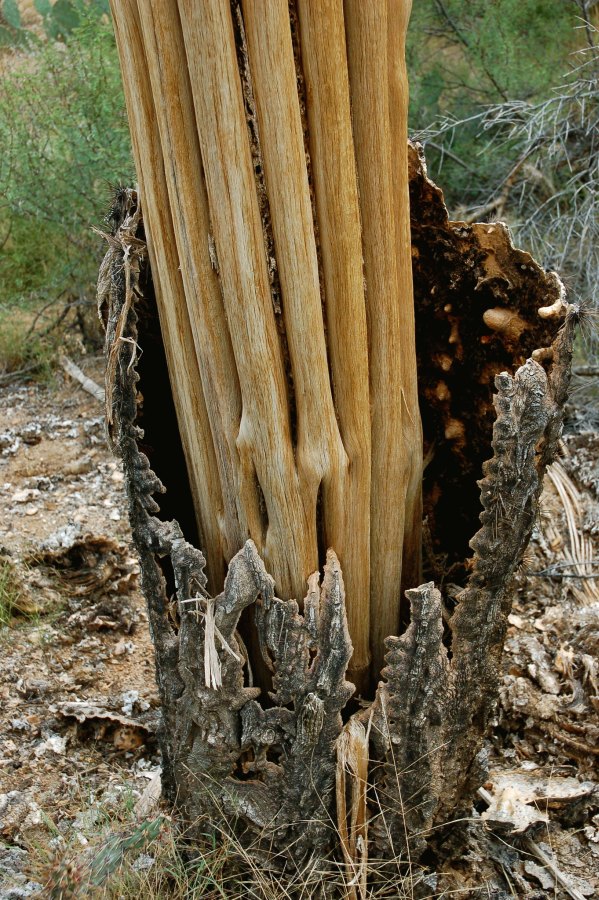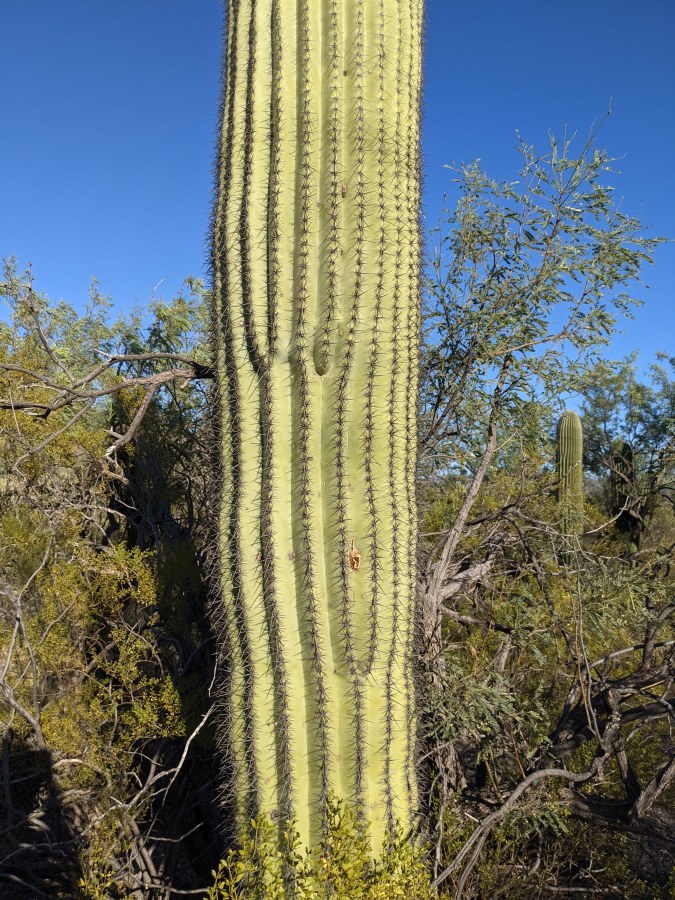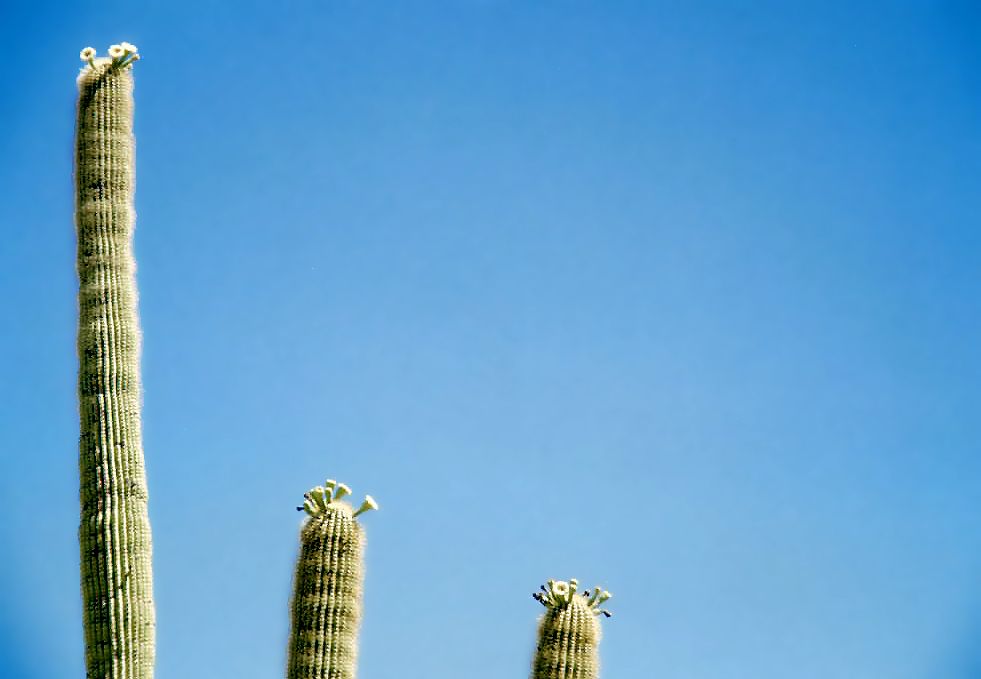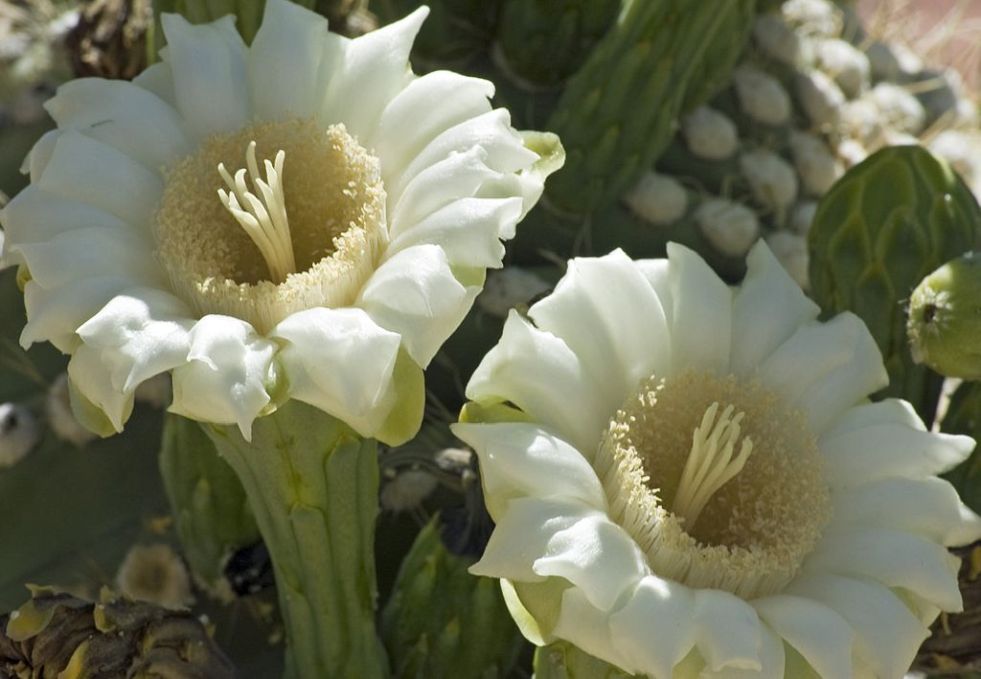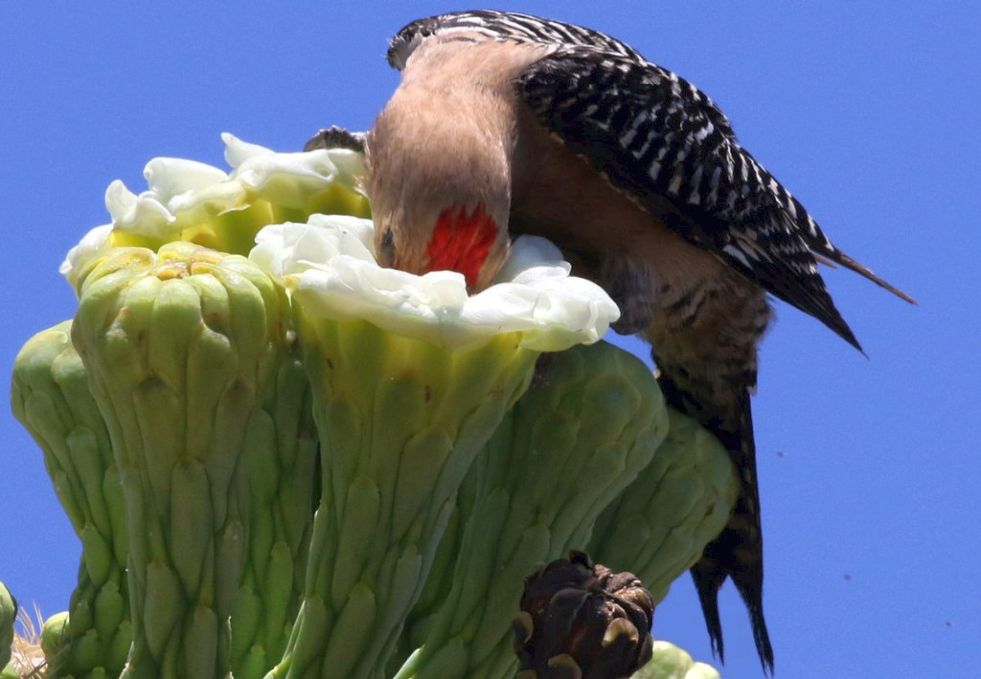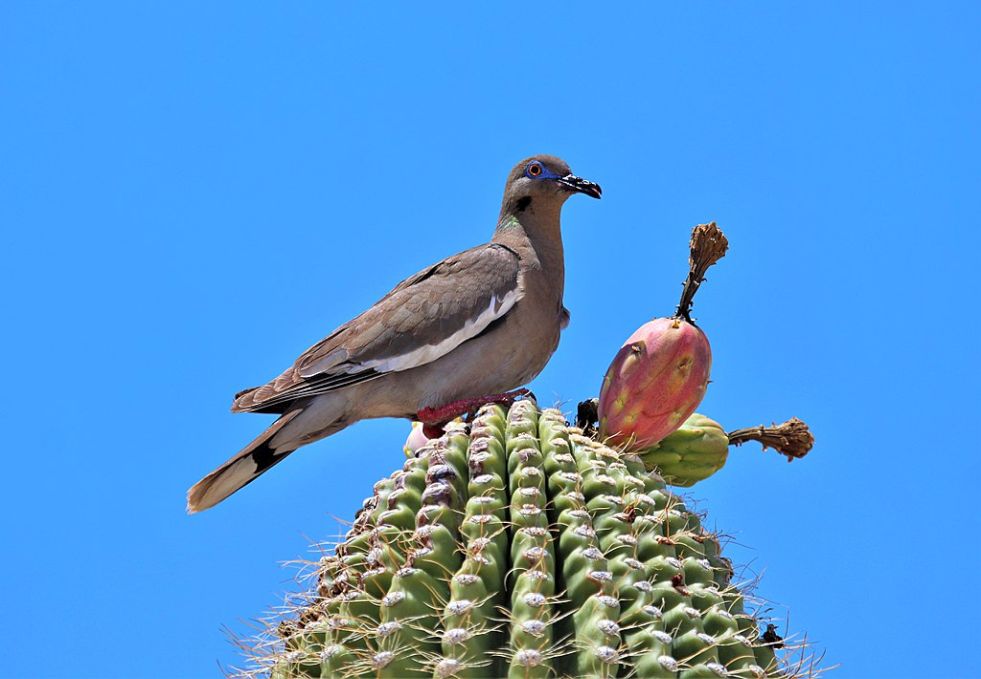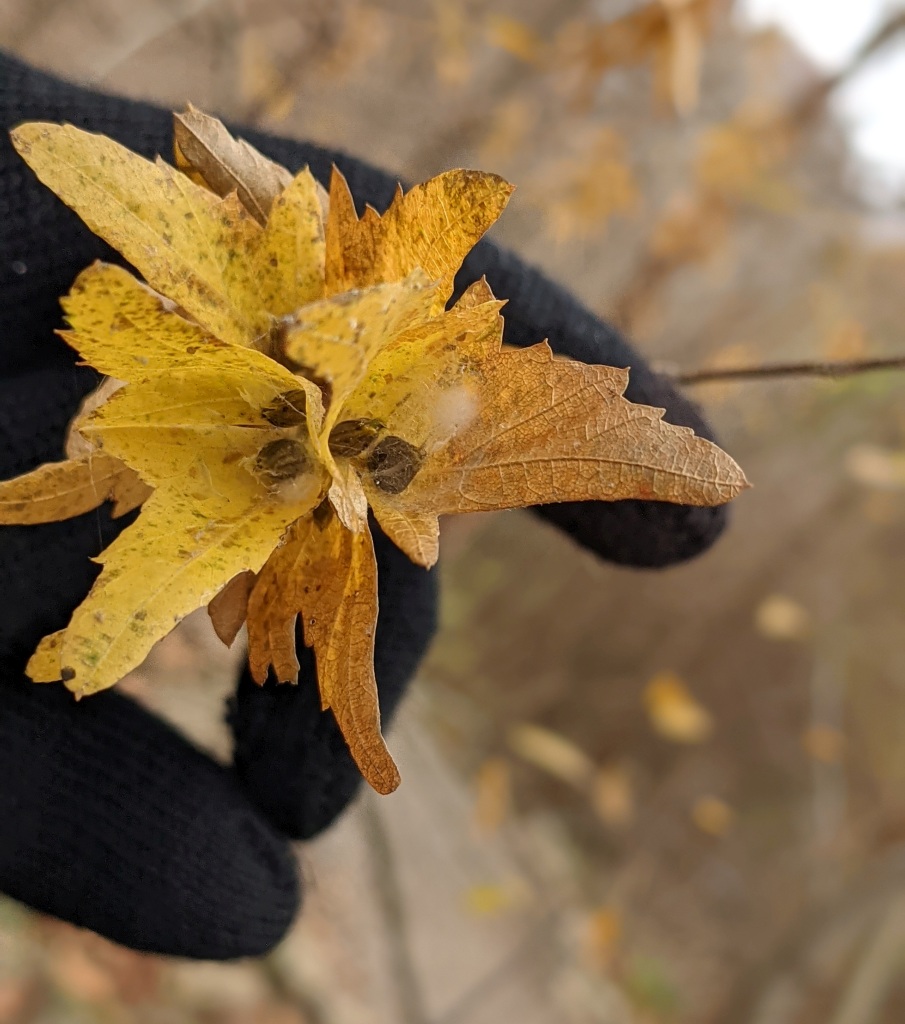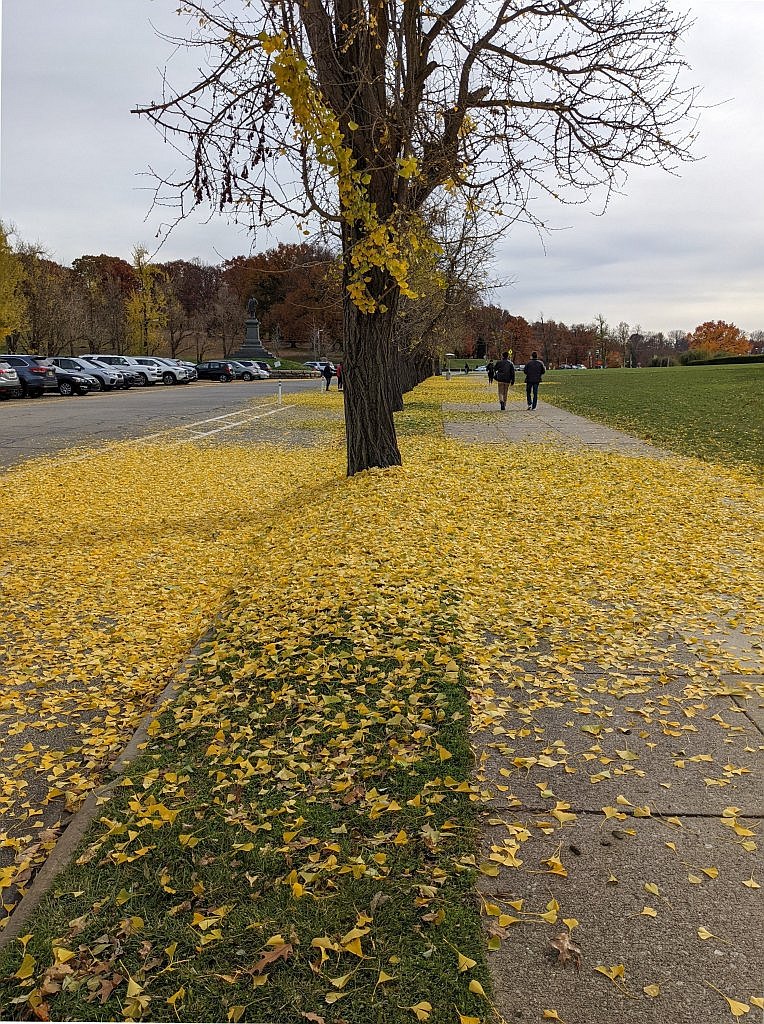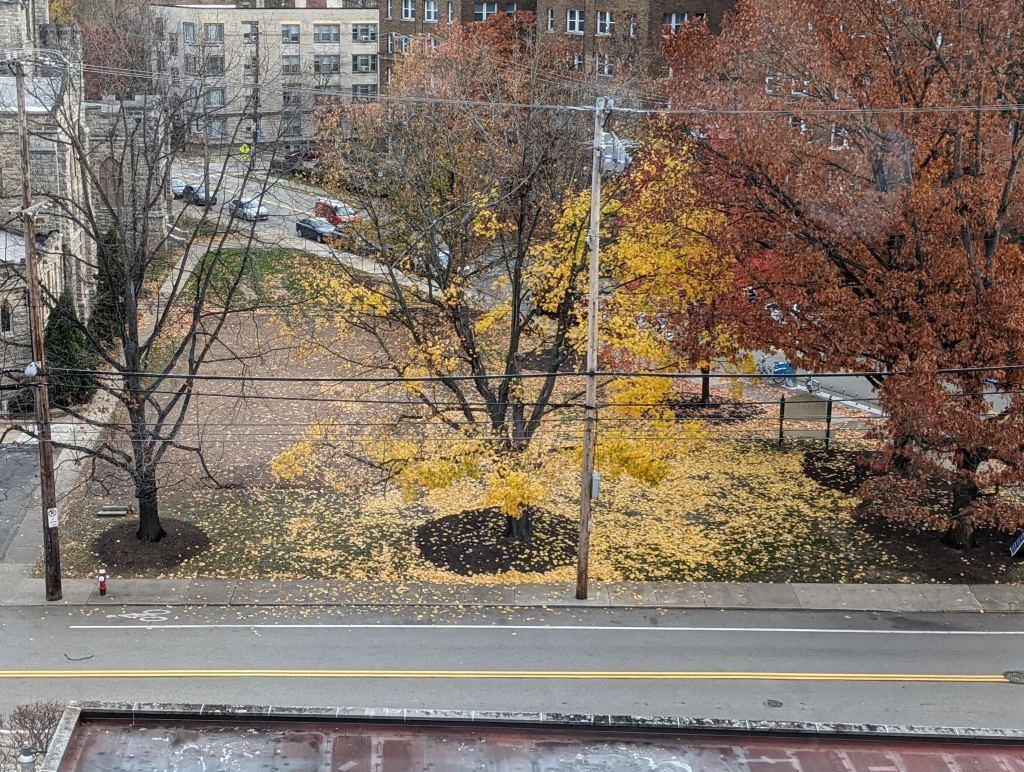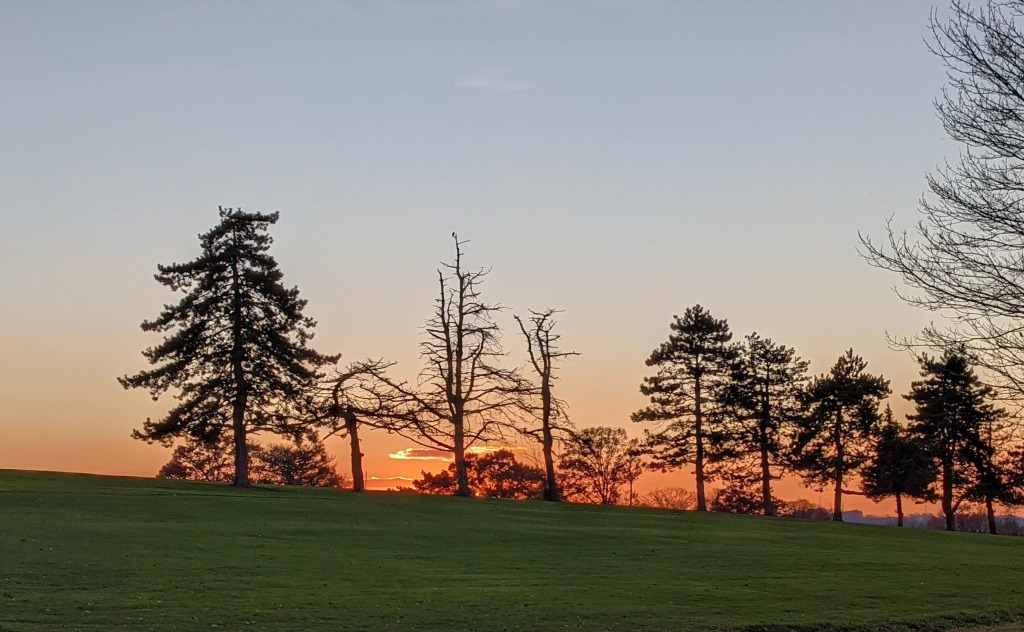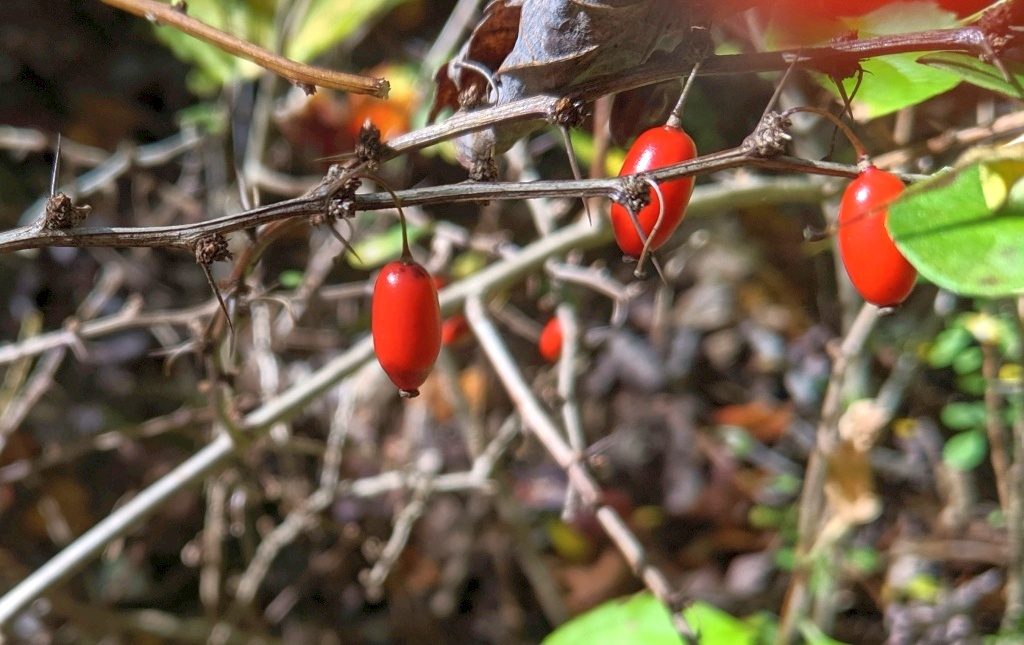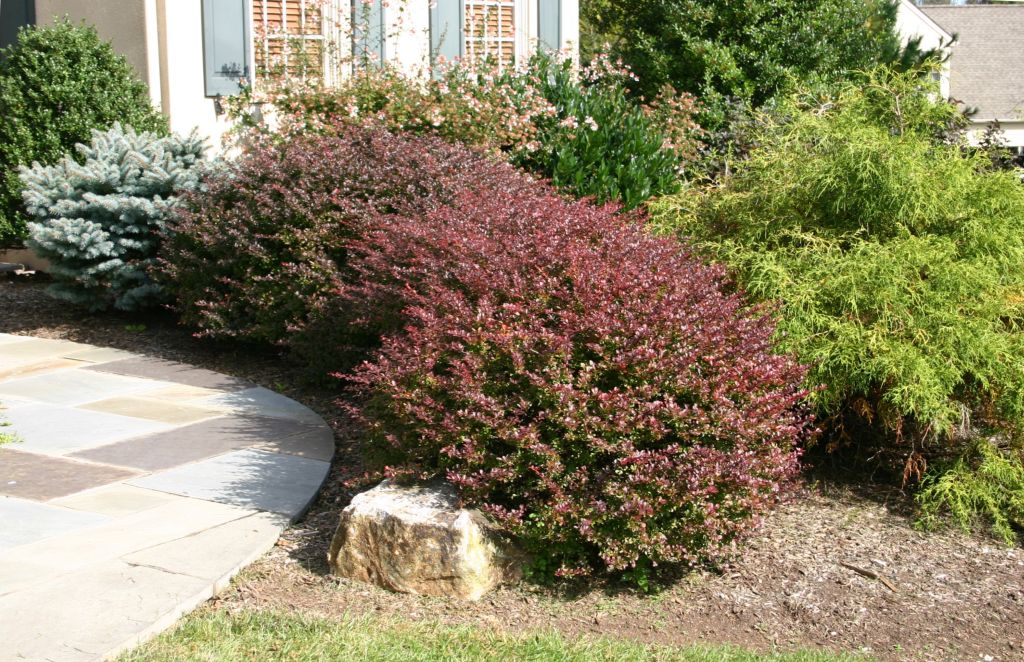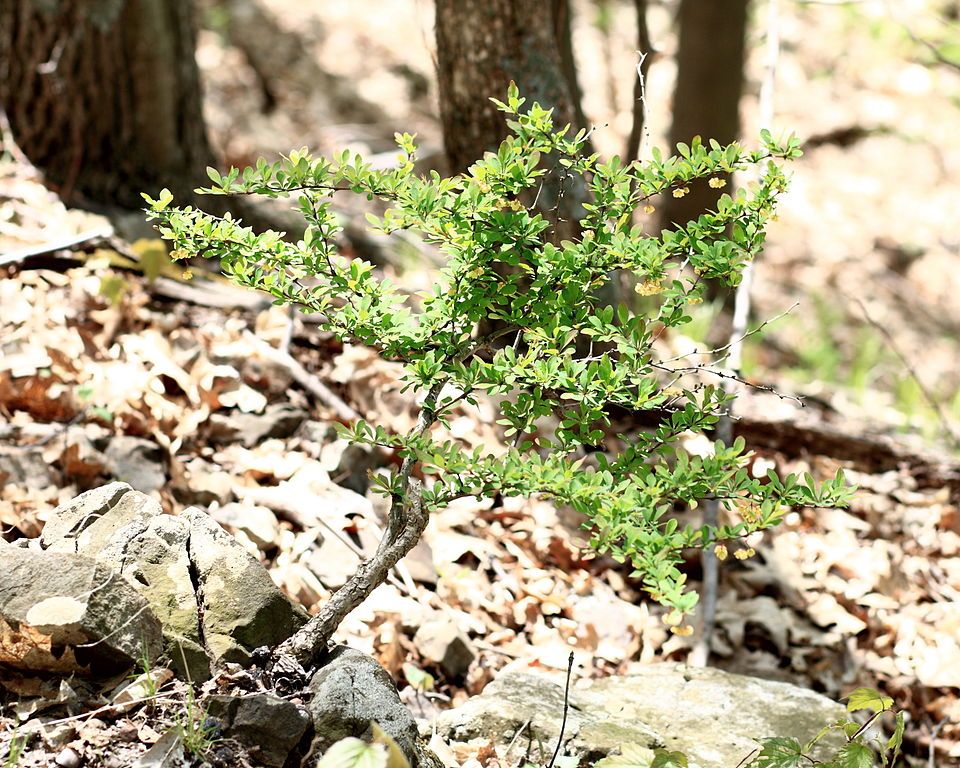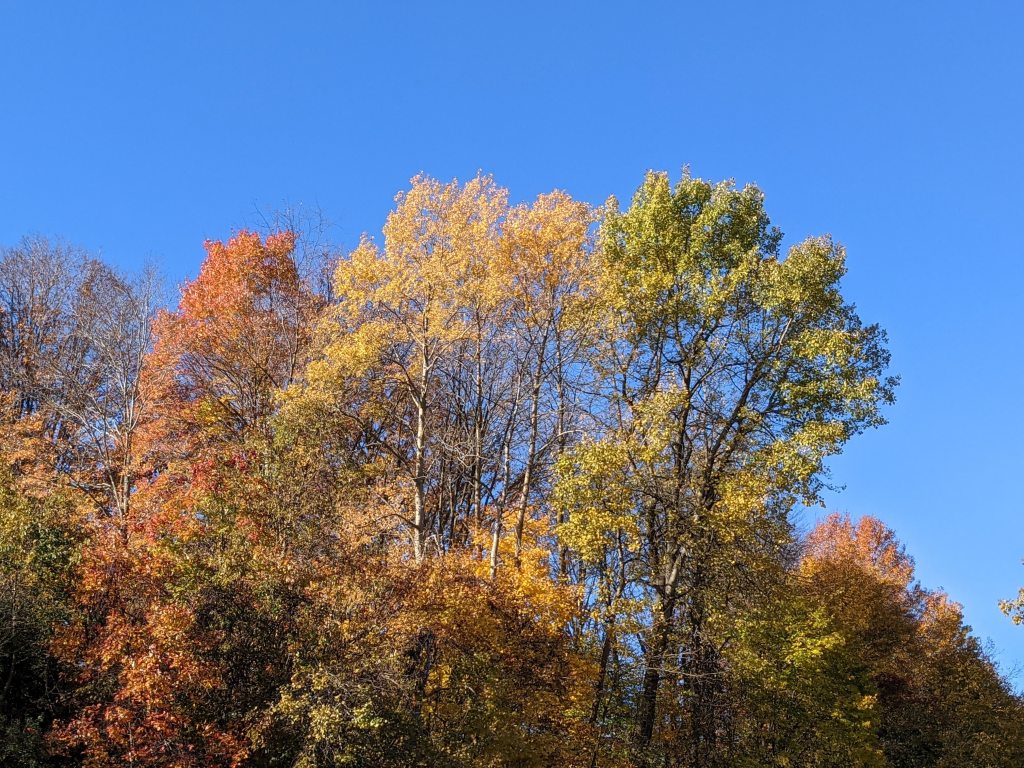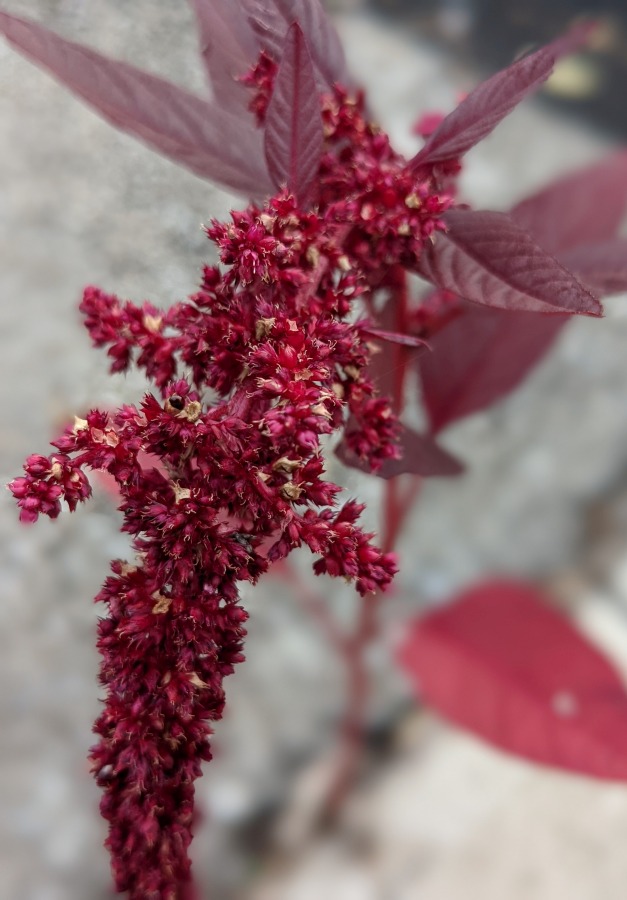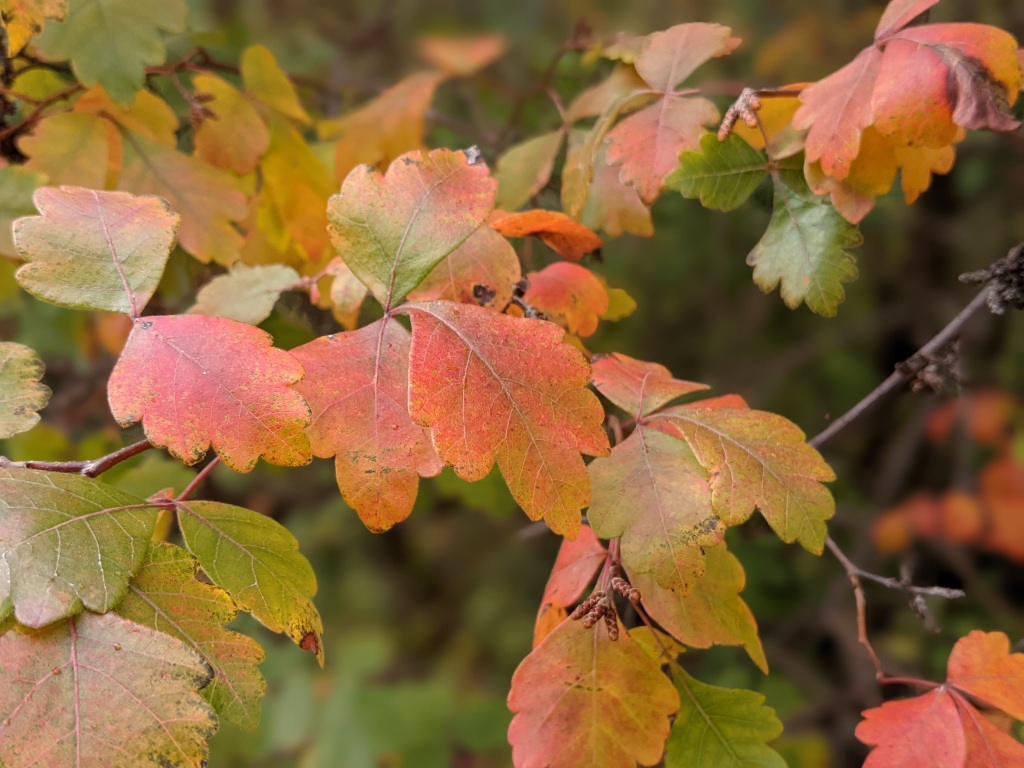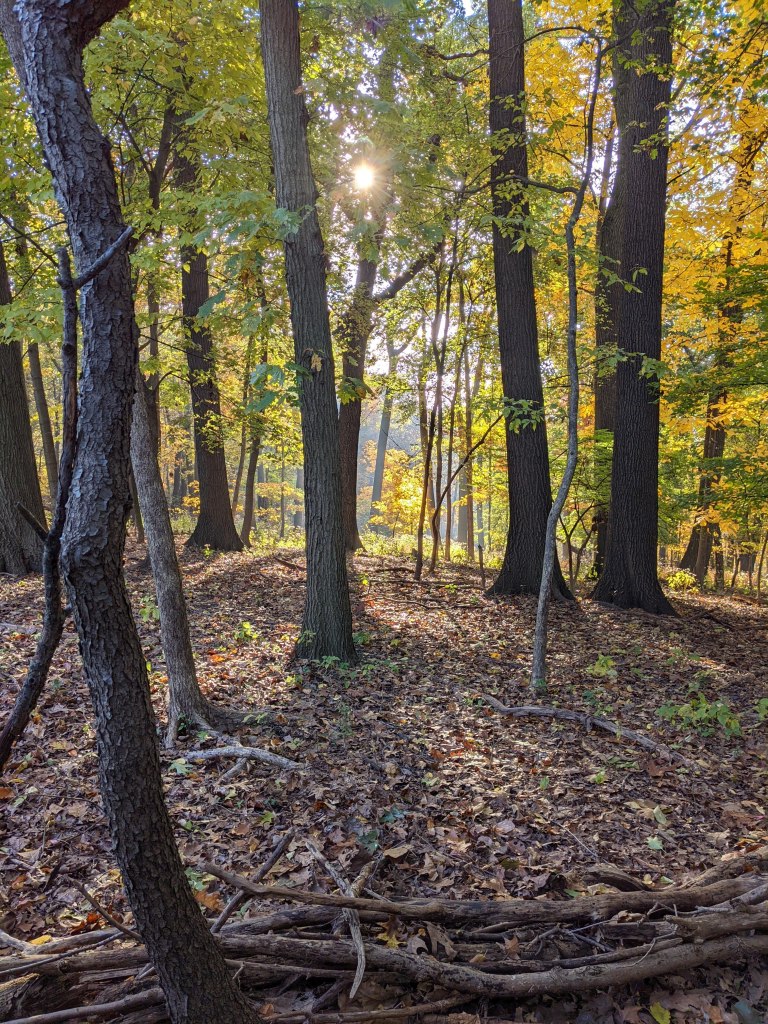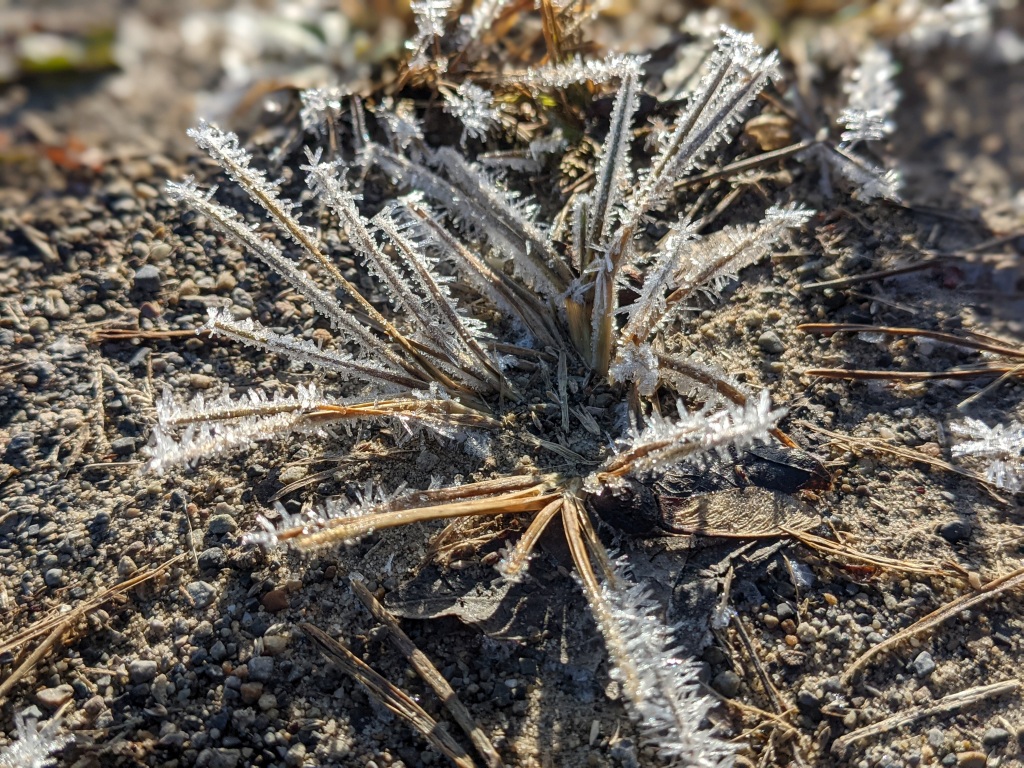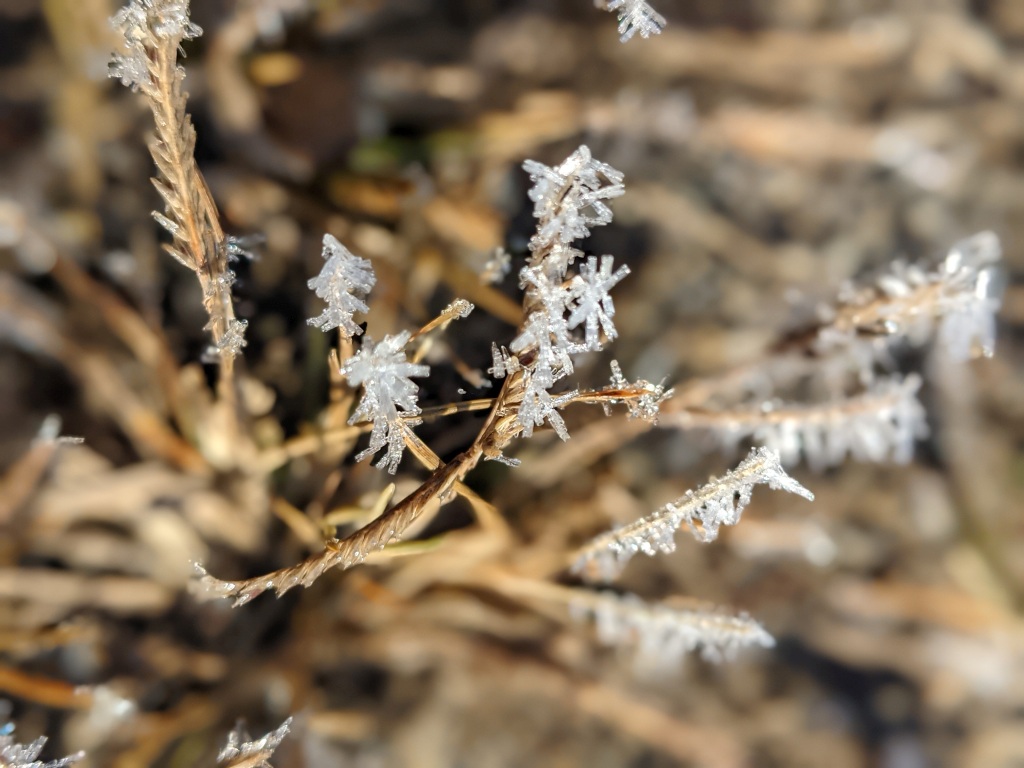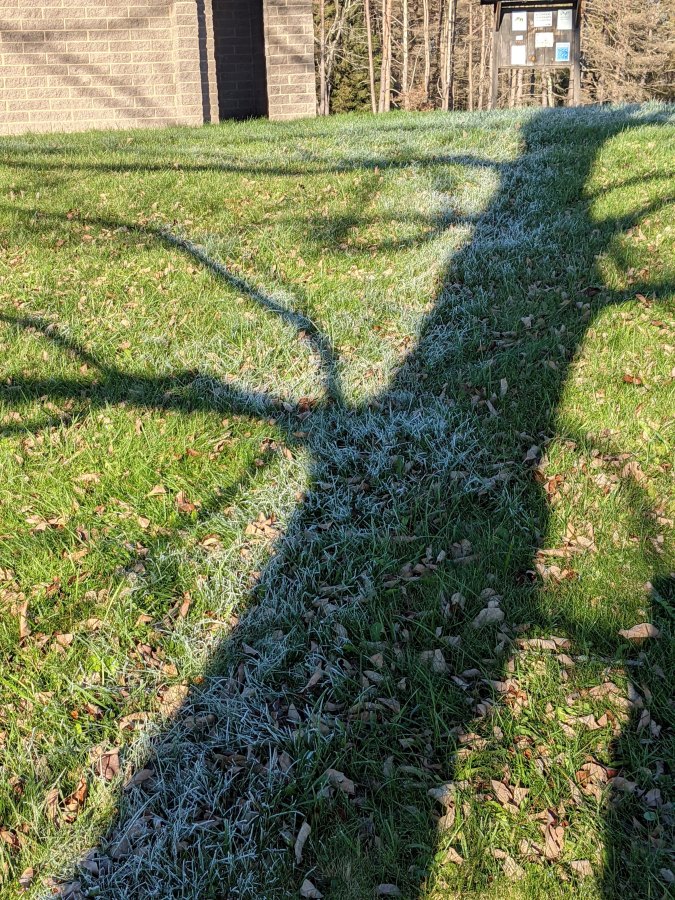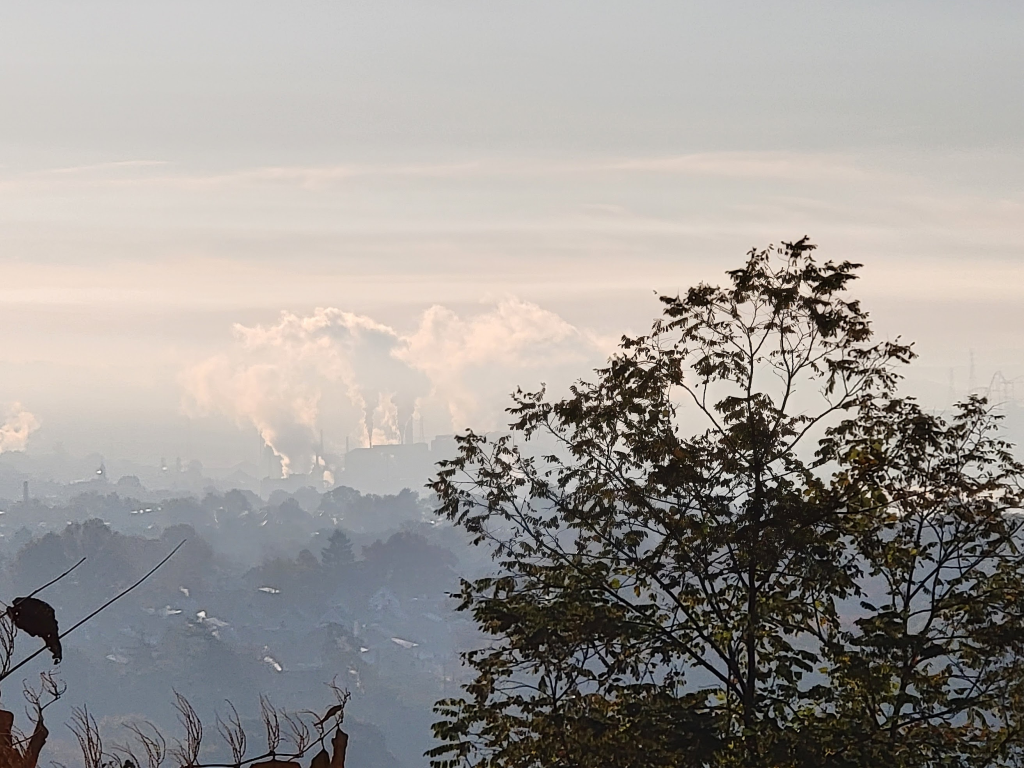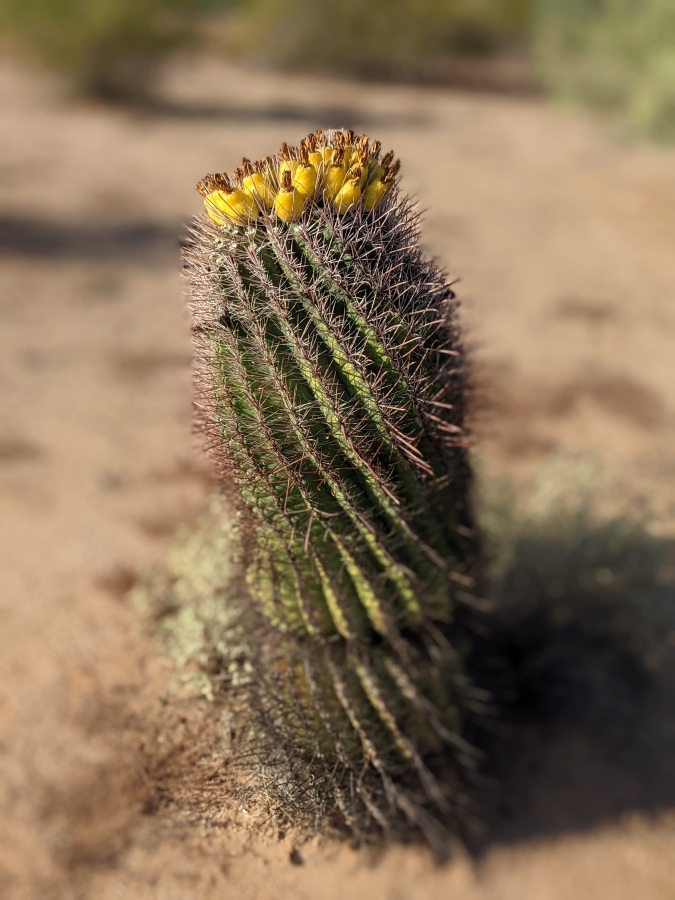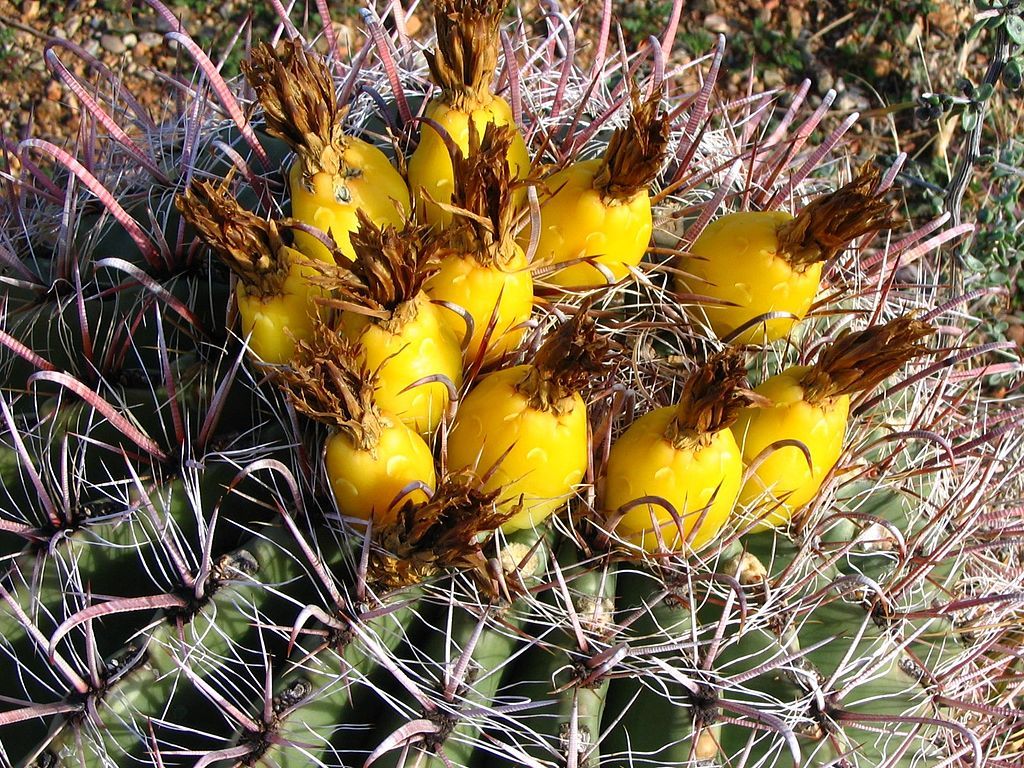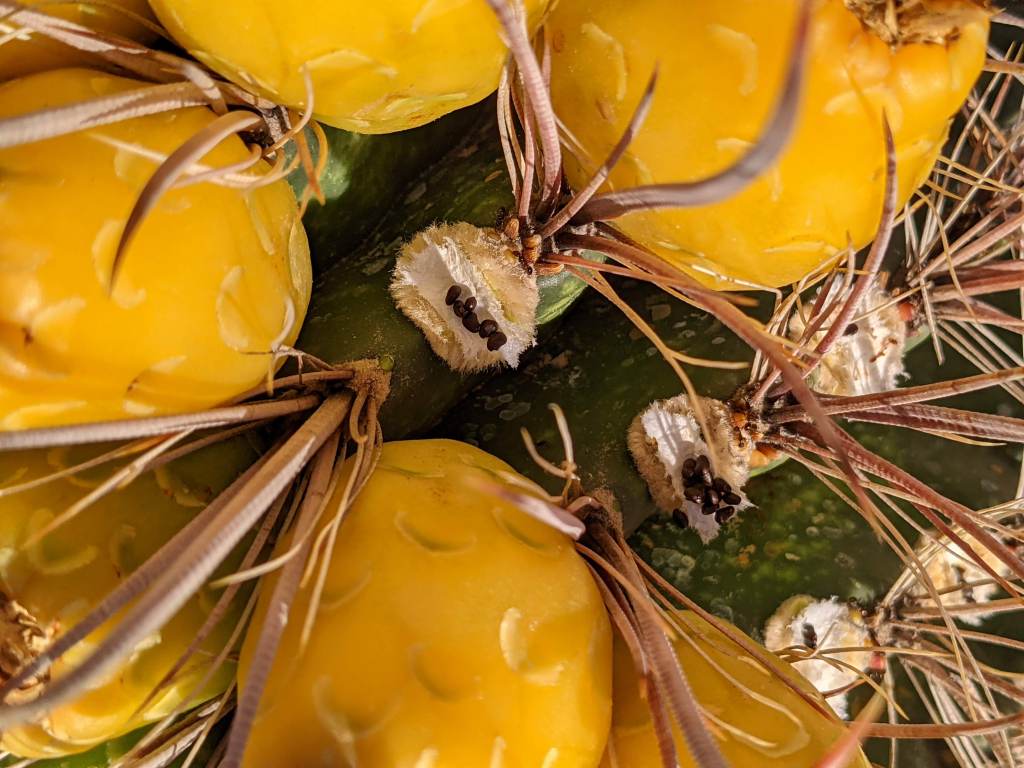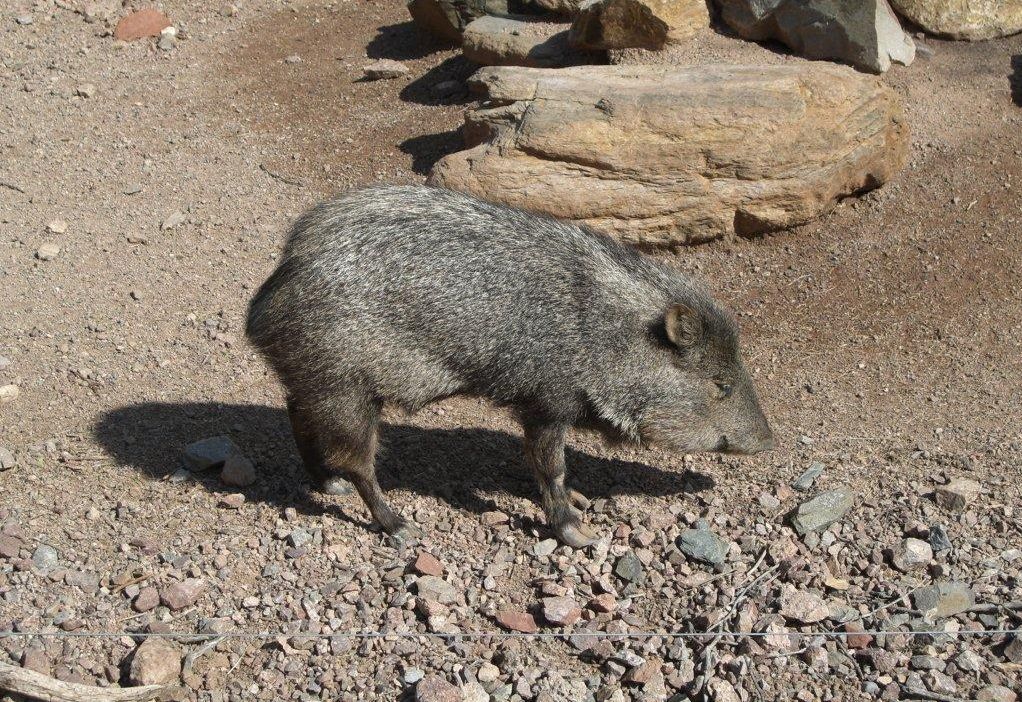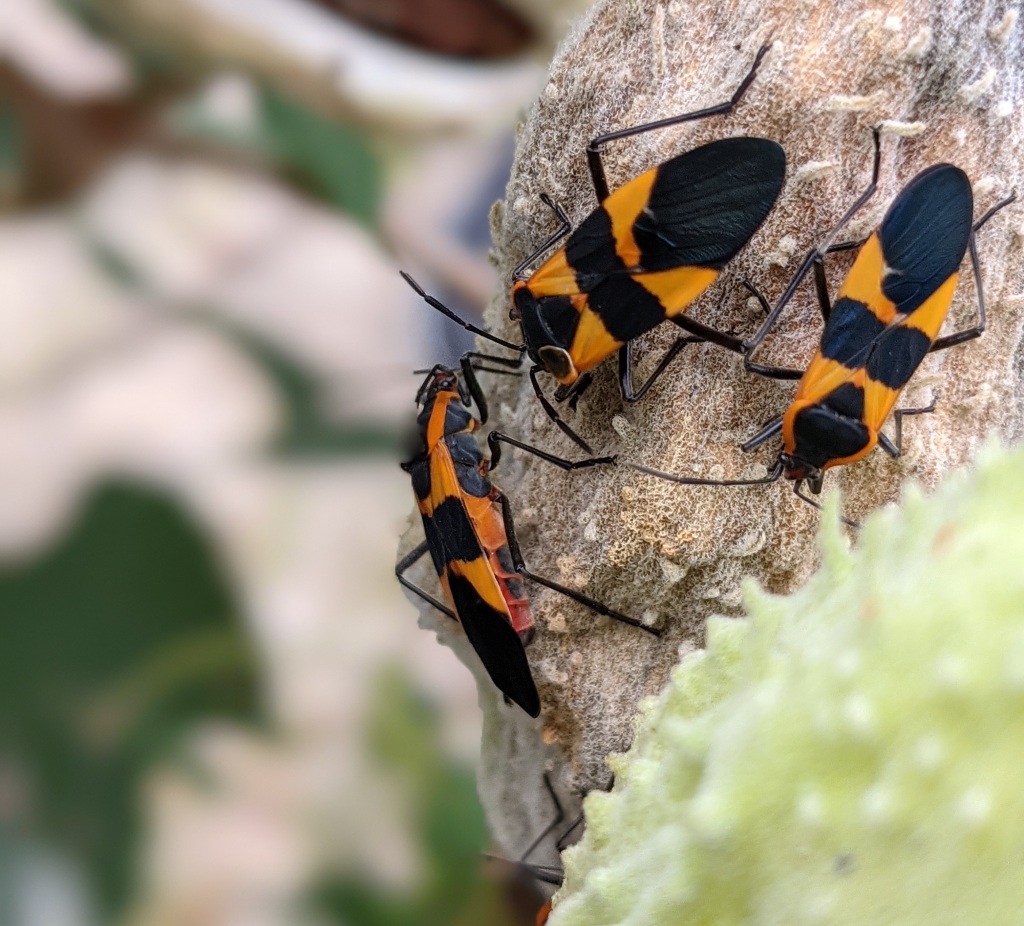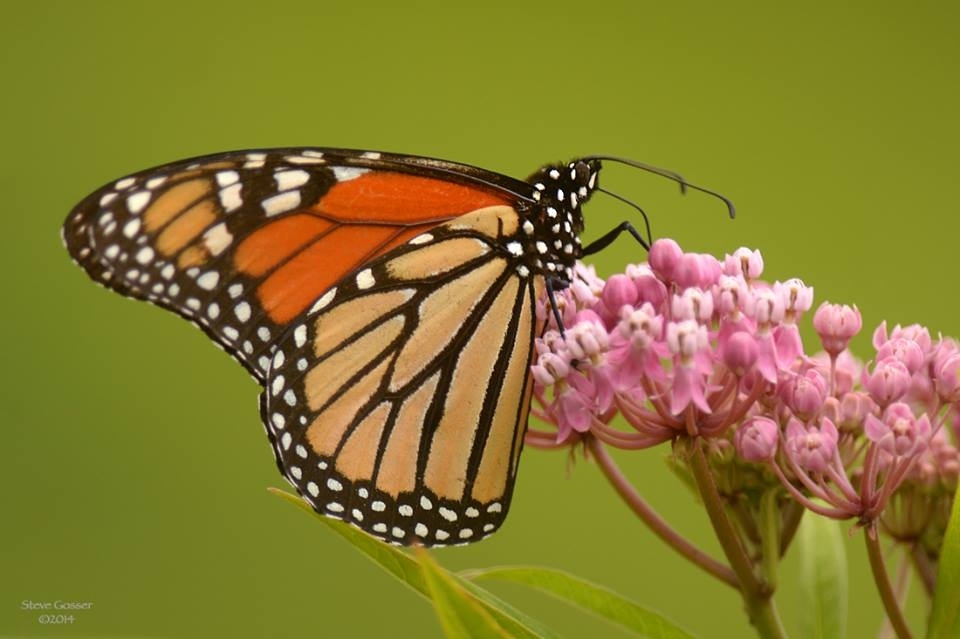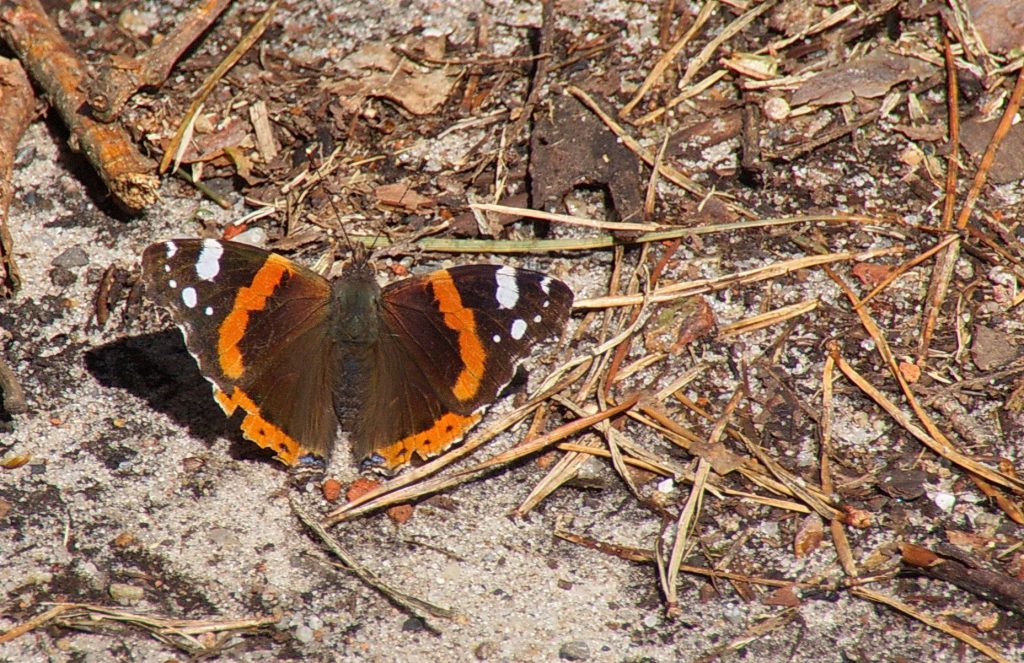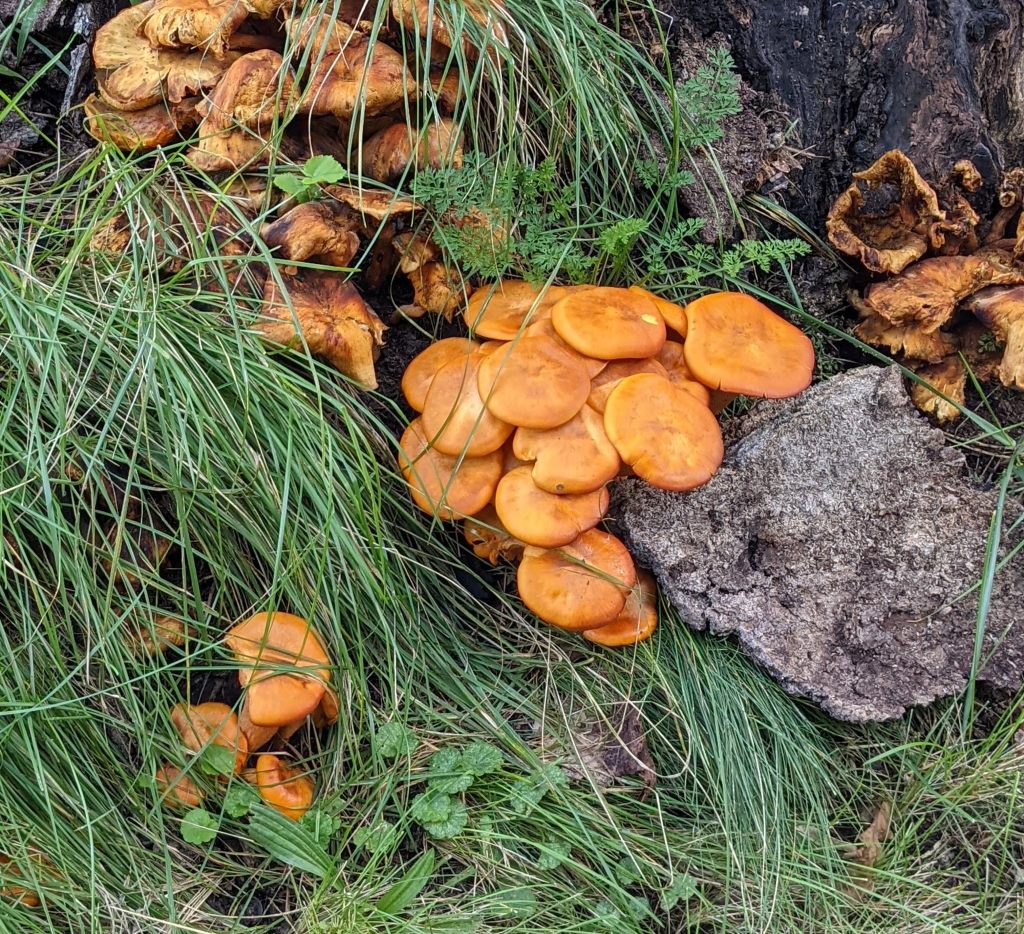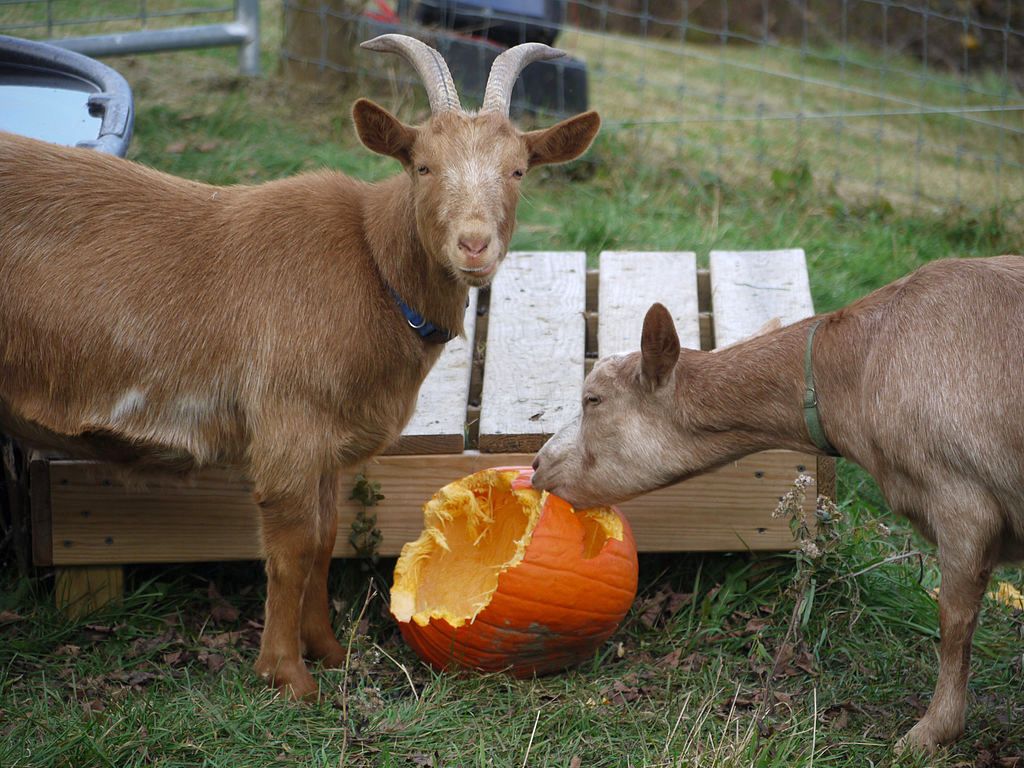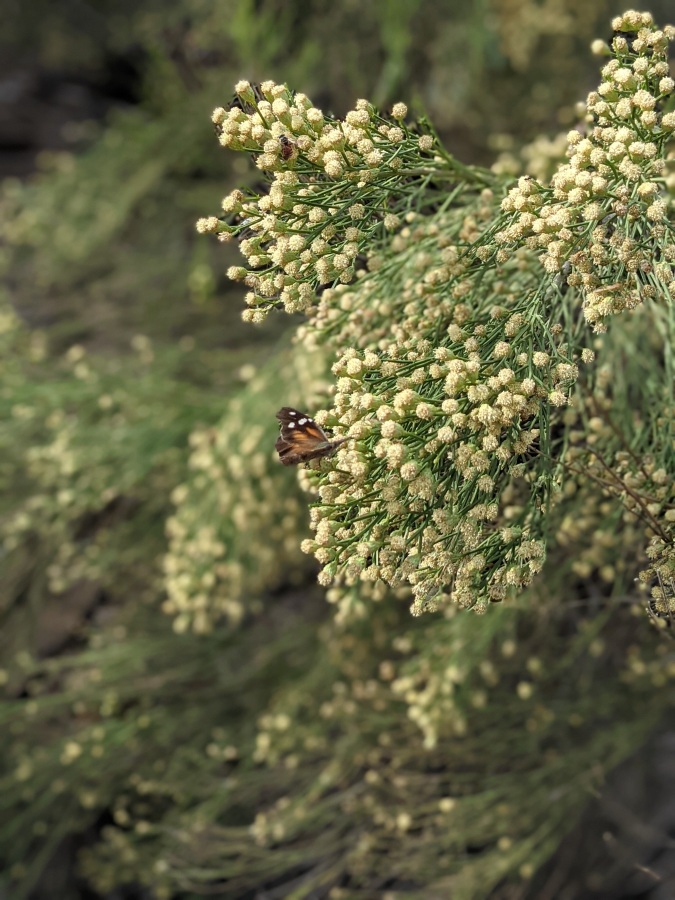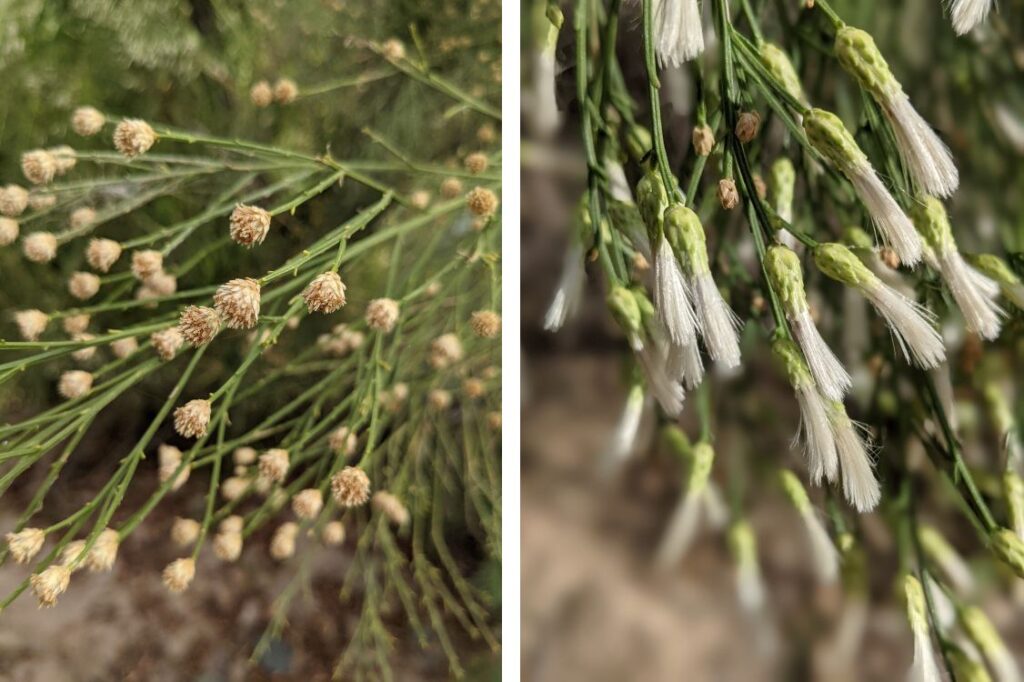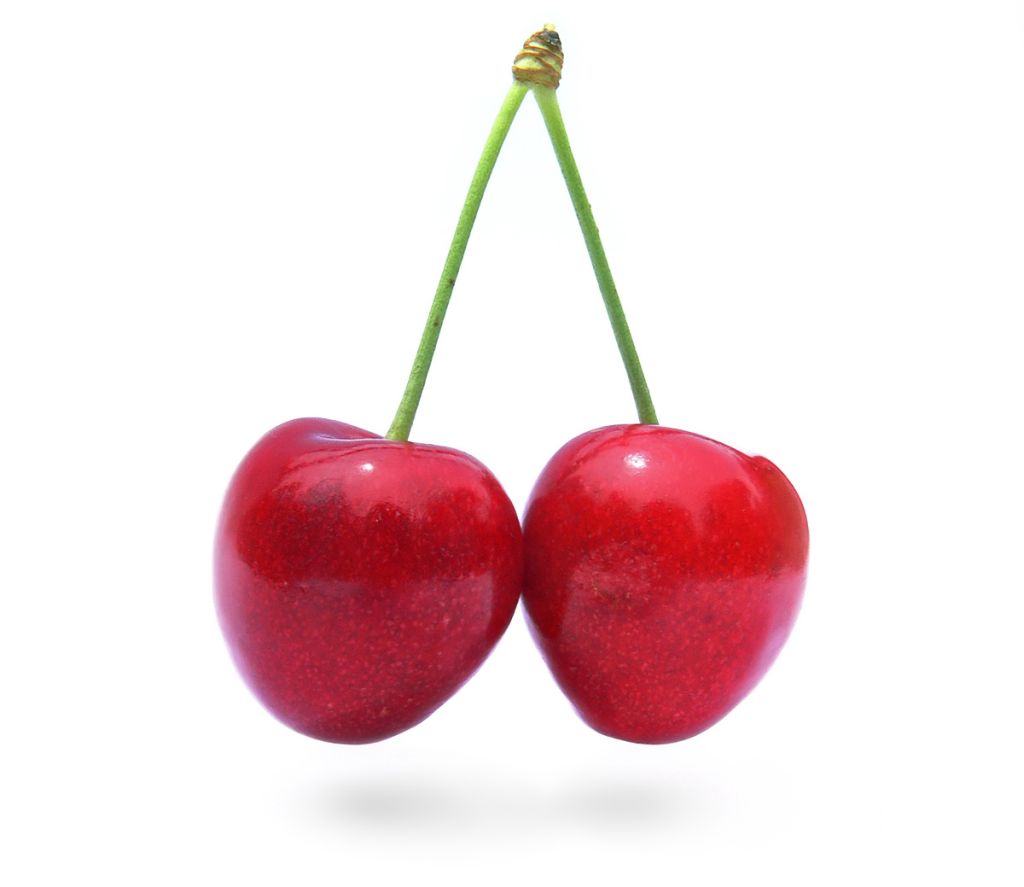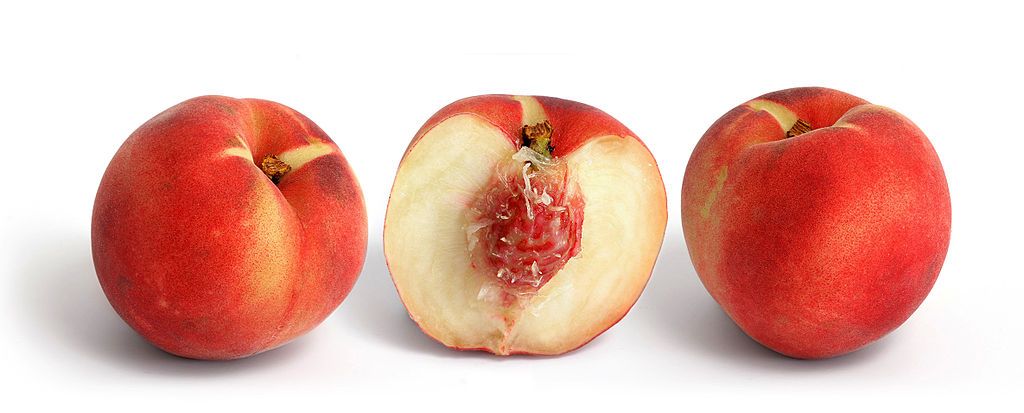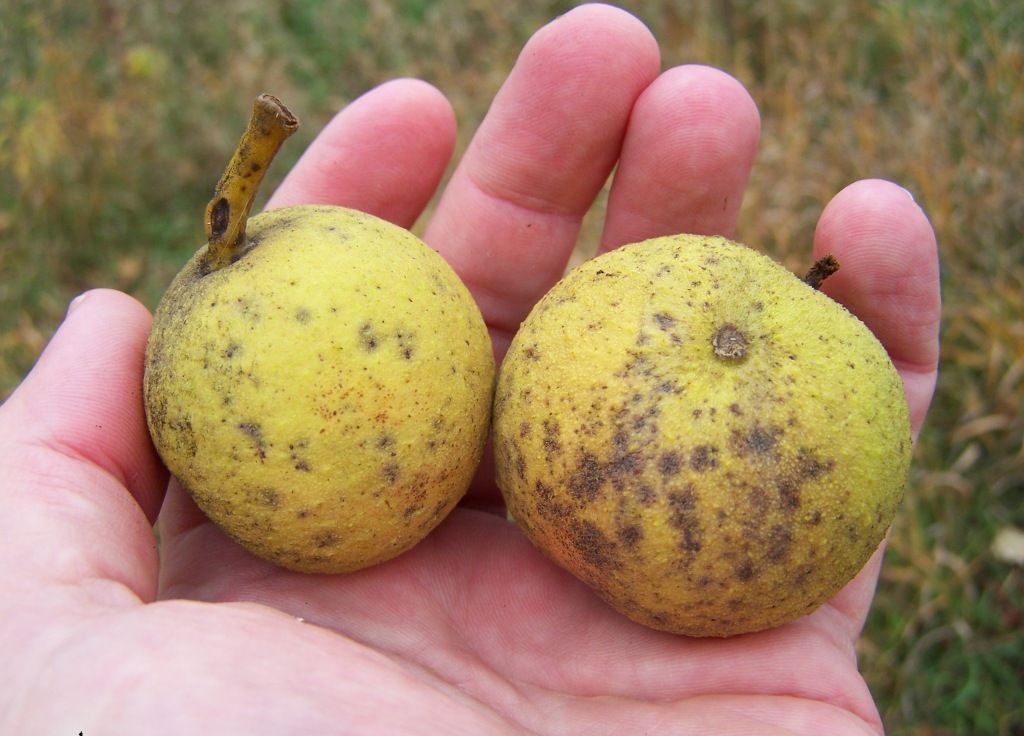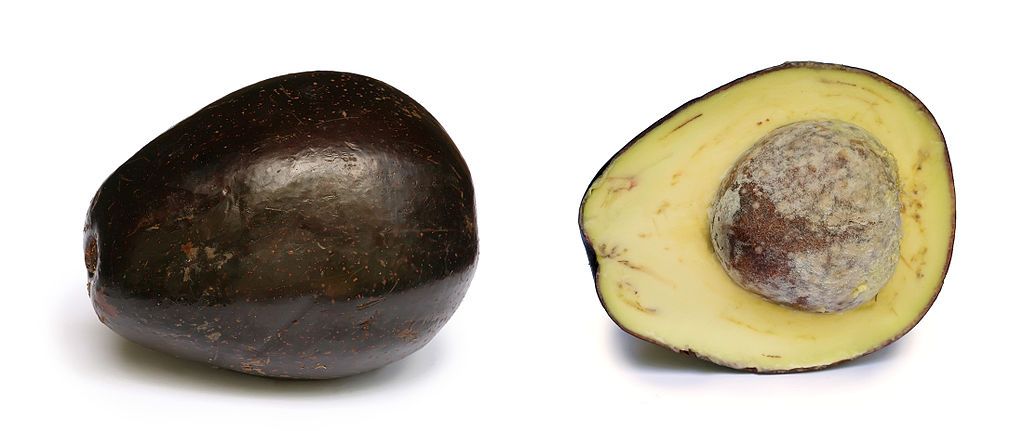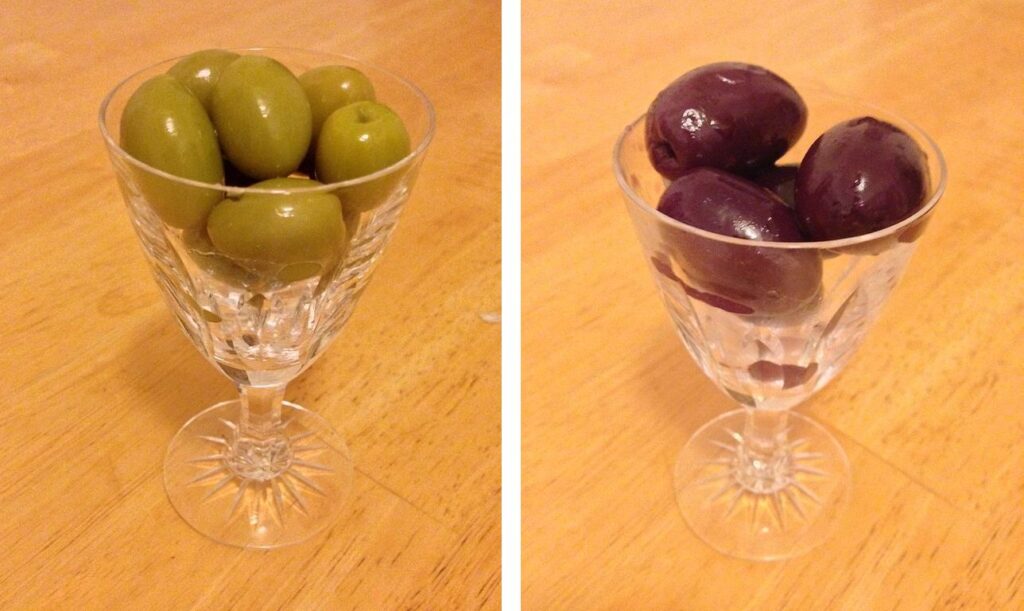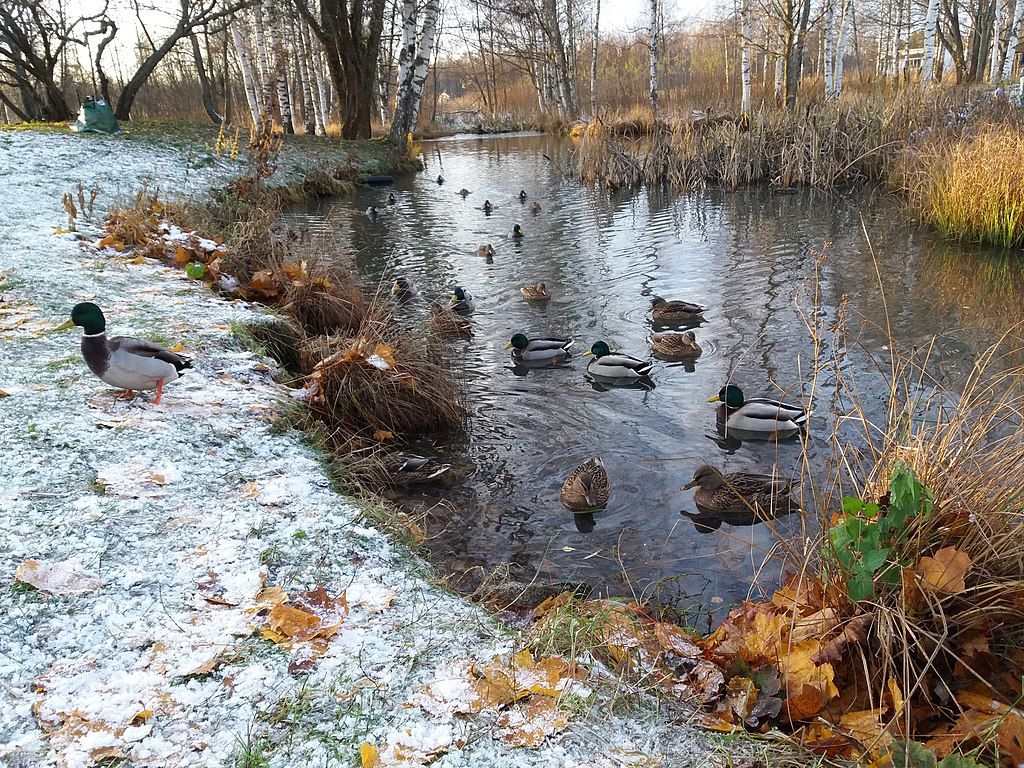
26 January 2022
Since plants are rooted to the ground, the only way they find a new place to live is through seed dispersal. Pressure to find new places is intensified by climate change but a study published this month in Science points out:
Half of all plant species rely on animals to scatter their seeds through hitchhiking in scat, fur, or beaks. When mammal and bird populations decline, so does the ability plants have to disperse their seeds and adapt to climate change. Loss of mammals and birds cuts a plant’s ability to adapt by 60 percent.
— With Fewer Animals to Move their Seeds, plants are stuck in threatened habitats
Mallards to the rescue.
In 2017 study at Utrecht University found that mallards (Anas platyrhynchos) significantly help plants and isolated wetlands by dispersing seeds in winter.
Mallards change their diet during the year, from carnivorous in the breeding season to vegetarian in winter. During migration they stop to eat then disperse seeds later along the way. This particularly helps isolated wetlands that would not gain new seeds otherwise.
Mallards also help every day on their wintering grounds by moving back and forth from roosting to feeding areas. Where there is hunting pressure you might not see this because mallards change their ways: eating at night and hiding at the roost during the day.
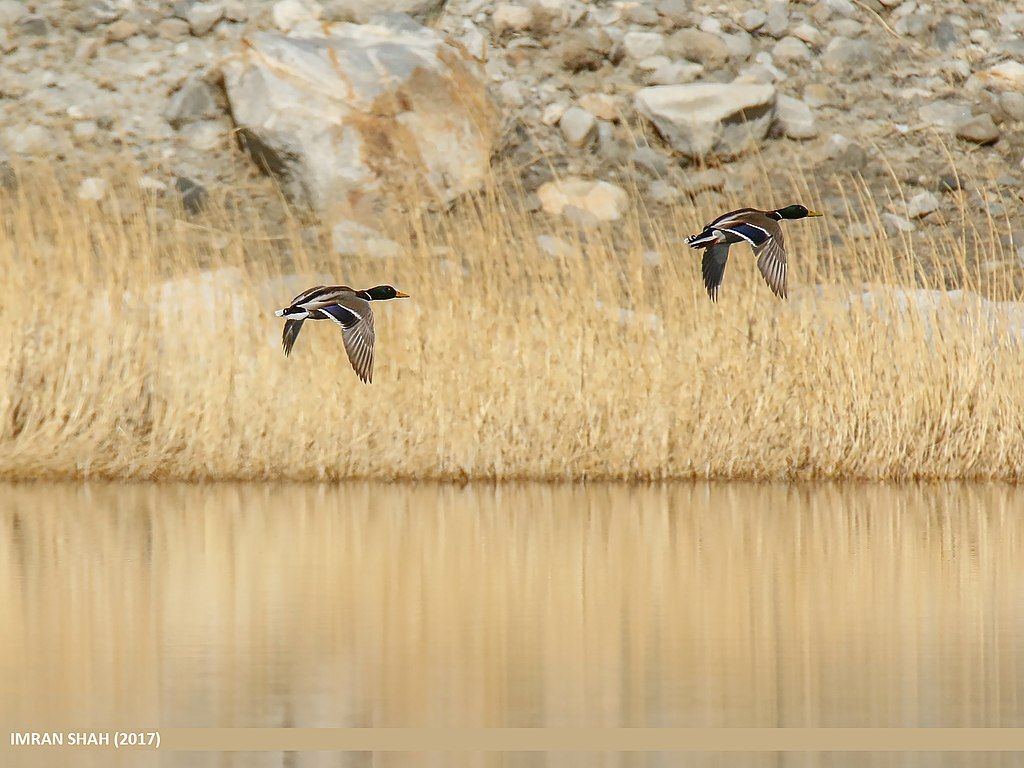
Mallards are the most abundant duck species on earth and perform this seed dispersal service on four continents: North America, Europe, Asia and Africa.
Find out more at Wintering Ducks Connect Isolated Wetlands by Dispersing Plant Seeds.
(photos from Wikimedia Commons; click on the captions to see the originals)
